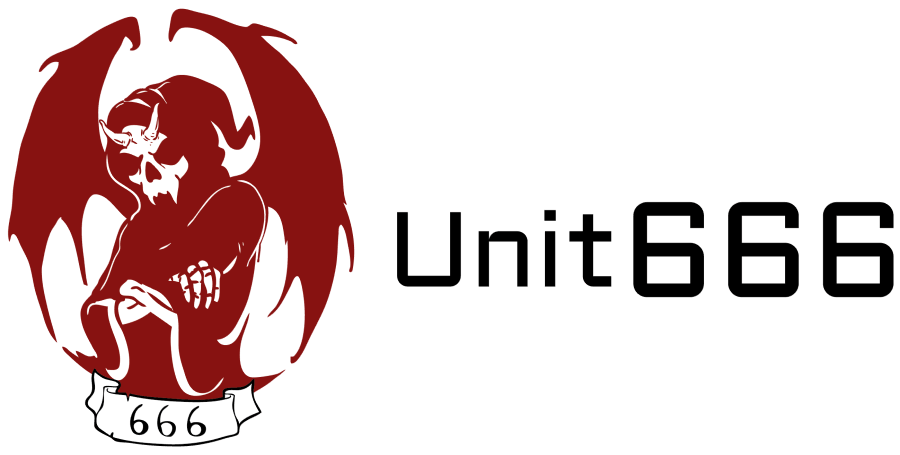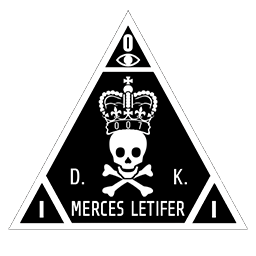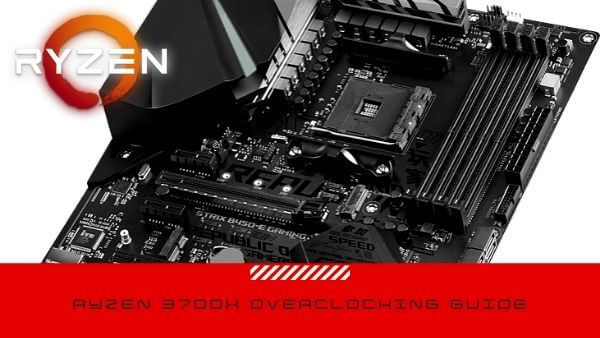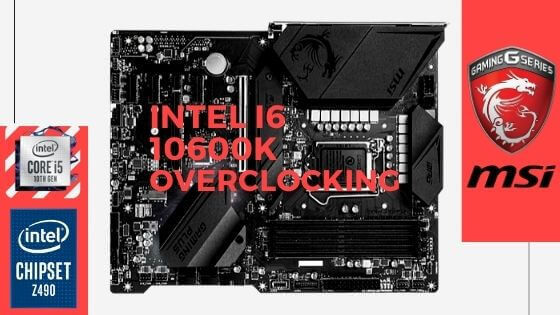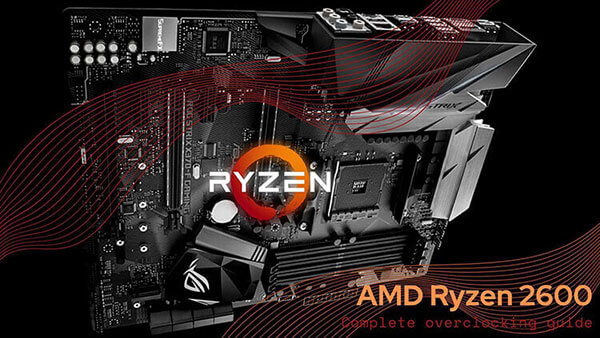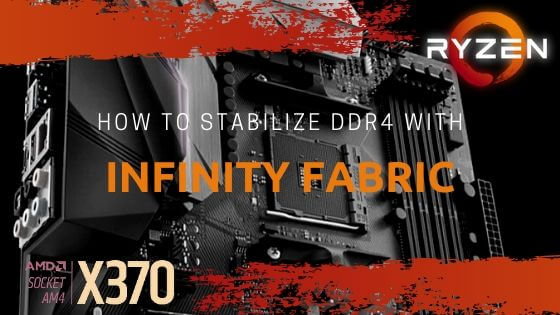- Defense & Strategy White Papers
- Hits: 5779
The 6th branch, a good or bad idea?
While the 6th branch originally is referenced towards Extra Special Forces illustrating a different subject.
This is in regard to the application of a certain skill set and project this as a force multiplier.
Also has to be said that while this was an idea would not per se mean it would be a good idea.
Simply spinning idea's that can come to fruition, moving from idea to concept to application.
But alas the word has spread and it was picked up and somehow it became a space force.
Here I dive into the wider application of space as a battlespace, application, and tactics.
And finally the pros and cons of having a 6th branch of the military.
Space the final frontier.
Mankind has merely dipped its toes in space and yet we decide to fight in/over it.
That said space is a hostile place and us humans are not made to venture into space.
But we are also exploring somehow drawn to adventure and to look and see beyond our own planet.
As it stands we do not even know what long-term exposure looks like where we spend lifetimes in space.
There are several programs that look into the long-term exposure of 0 G to the human body.
And as it stands it is not looking good, even with training muscle tissue is lost at a rapid pace.
Astronauts coming back from these long journey barely can walk when they come back to 1 G.
Furthermore, we have no efficient way of travelling even to our moon and beyond.
It will take a while for us to achieve some sort of efficiency in space travel before we are able to utilize space.
That said military minds are considering their options when dealing with hostile military hardware.
We use GPS, communications, and surveillance in various orbits around the earth.
To disrupt these assets is a valid option to attack Command and Control and Intelligence gathering.
During the Cold War, both sides had and still have missiles capable of striking targets in orbit.
There are "reports" that even though this is prohibited that there are weapons in orbit, but an emphasis on "".
Space, as it stands, is relegated to the Air Force or variants by their respective country's.
Orbital Warfare.
Yes, that is correct all assets military or civilian are in orbit including the International Space Station.
A hand full of expeditions have been taken to the moon, unmanned satellites have ventured beyond that.
But as it stands human presence in space is severely lacking to even consider a war in space.
War is fought with manned or unmanned assets with the intent of destroying the opposite side.
Considering our current technological development we are incapable of fighting in space in large numbers.
No one fields any kind of craft that can engage in orbit let alone in space, a handful of ground-based systems can.
The Arguments*.
In favour of a space force is a side that considers that around WWI there was no Air Force it was part of the Army.
Referred to then as the Army Air Force but during WWI the amount of aircraft grew exponentially.
It was then separated into the Air Force, as well as dealing with different logistics and tactics to deploy aircraft.
At the time a radical idea in today's optics a totally rational concept that no one's questions.
Space should be seen as the same and it would require different training, tactics, and logistics.
Currently, our global economy is tied heavily towards assets in space, GPS, communication and even weather reports.
The military also has a lot riding on their space assets, today you can barely remove GPS from the day to day operations.
Optical and electronic surveillance of the battlefield is a common sight as well as communication networks.
Then there is the argument what military branch has control over space and any funding that comes with it.
Now against arguments, a space force would be that taking into consideration the above pro's.
During WWI the amount of aircraft grew exponentially when looking at all assets used during WWI.
At the time of its formation, the Army Air Forces were even more numerous then Armored and Motorized Divisions.
From a command and control and logistics perspective, it does make sense to branch off into an Air Force.
That said currently there are no space or orbital craft, manned or unmanned any type of engagement is from the ground.
There is no "force" to deploy in orbit or space, we struggle to some extent to supply a single space station.
Now consider the logistical nightmare of supplying a garrison of troops, and where would you put them.
Space is a hostile place, radiation, solar flares, meteor strikes, and man-made orbital debris.
Our current technological development is decades from where it should be to consider manning space stations.
In the case of an emergency, how would you rescue large quantities of troops from orbit or space?
Today a rescue attempt involving the International Space Station would be a huge undertaking.
And that is only with 4 to 6 astronauts involving multiple launch platforms around the world.
Development in area's such as hydroponics, shielding, and artificial gravity are hurdles we yet have taken.
Adding a whole new branch would vastly increase the amount of staff to the current military as well.
Establishing a Head Quarters for a branch amounts to about 2000 military and civilian personnel**.
While in reality, you need a think tank with about 50 military and civilian personnel.
A military, civilian partnership beyond the initial theory crafting to find and develop solutions to venture into space.
Also, a big problem is more competition over resources and funding with the classic branches of the military.
You don't see a special submarine branch either even though submarine warfare requires different tactics over surface warfare.
Tactics.
Protecting assets in space can be done with CIWS as you see on navy ships, ground-based missiles are still missiles.
The CIWS can also defend single or multiple satellites from a hostile satellite that might attempt to dock/hijack.
Furthermore, you should consider hardening critical assets from hacking, EMP and physical impacts.
An orbital war could be fought almost entirely with drones or remote connections with human interaction as a backup.
Human interaction in the form of small Special Forces teams with a background in electronics and hacking.
This can be done with a dedicated force at Brigade size when tasks and responsibilities increase upgraded to a Division.
Any of the current branches of the military are more than capable of fielding an extra Brigade or Division.
It would also prevent a 5th entity(6th branch?)competing for resources and funding with other branches.
The 4 Classic Military Branches in Space.
A 6th Branch over the 4 classic Branches and the 5th being Special Forces why would there be a need?
The arguments surely stack against the so-called space force but let's find out if we can shape the classic military.
What if and these are all bigs ifs and a lot of insightful theory crafting the current military as is goes into space.
How would the delegating area of operations, theatre, and region commands to a Branch or Branches work.
Tactics wise not much would change, it would require military thinking on a 3-dimensional scale.
Something is commonly seen within the Airforce, Navy & Marine pilots and commanders and Submarines.
Delegate the planetside garrison of a planet, moon(s) and orbital platforms to the Army, 1G or more
The Airforce could operate in atmospheric flight, a planet orbit, moons orbits and manning defense platforms.
So the Army would consider ground-based combat their theatre, a single planet + any moon(s).
And the Air Force would consider anything between the planet and moon(s) as it's theatre.
Using the Navy and the Marines to patrol a solar system, for instance, Sol would be a theatre for them.
Where the Marines would focus on expeditions planetside and ship to ship combat and boarding.
The Nay would consider the space between planets and moons its theatre of operations.
Large-scale battles can still involve the Army assigned within a theatre where a planet or moon is considered a region.
As you would see currently that all branches can operate together without getting confused.
But a clear and logical area of operations much is designated to prevent confusion and lack of responsiveness.
"Come talk to me when they change the docking rings on the International Space Station"
- Paul Ripmeester
Reference Articles.
*Space Force by Covert Cabal: https://www.youtube.com/watch?v=VkU8kjgaCZY
**Army Headquarters: https://en.wikipedia.org/wiki/Army_Headquarters_(United_Kingdom)
